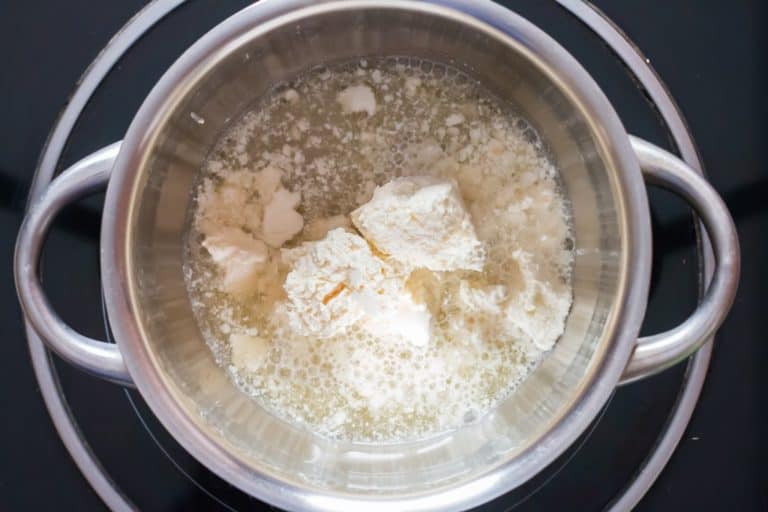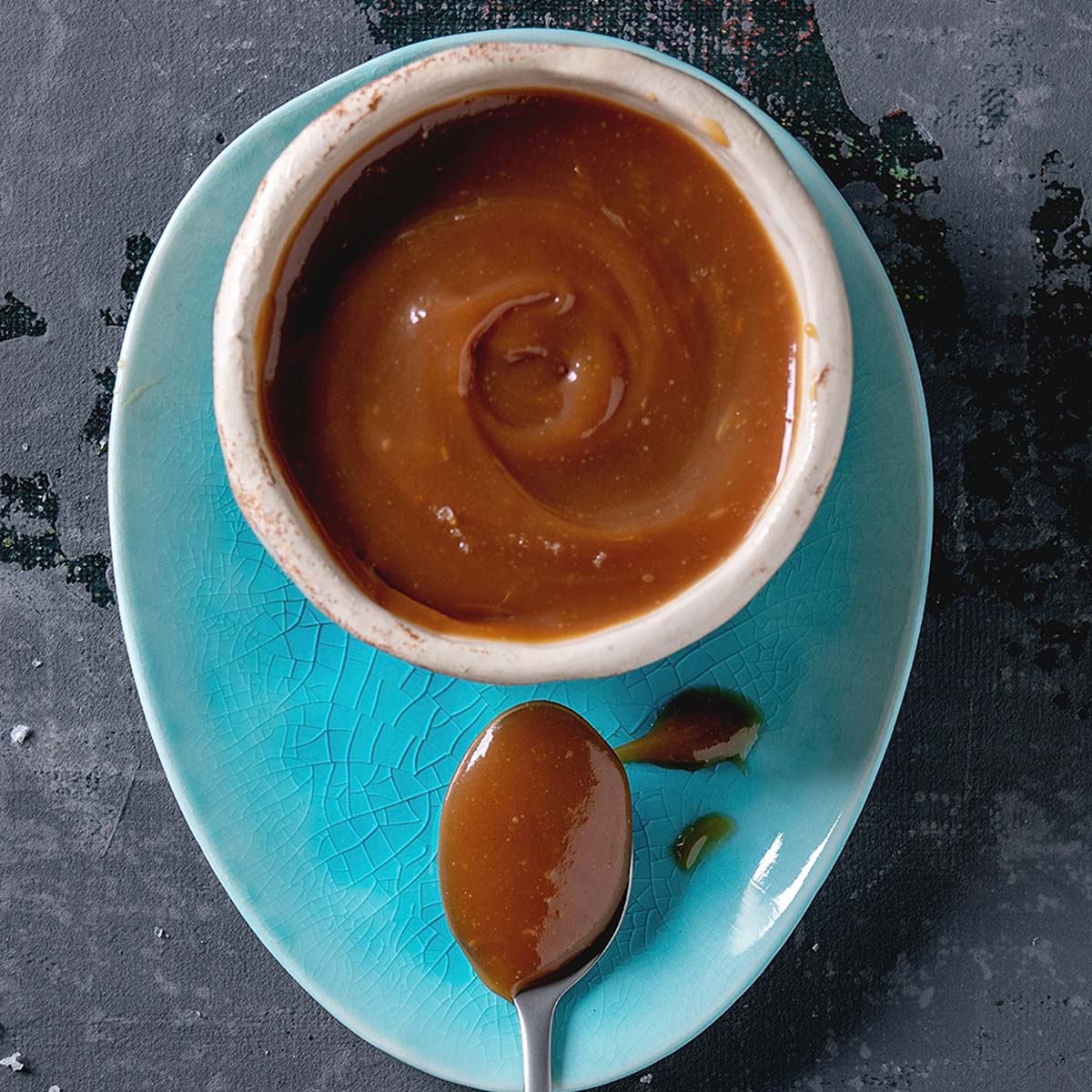

I prefer to add a controlled level of cornstarch to create a physical barrier. It needs a stabilizer to keep the sauce smooth and emulsified. The biggest hurdle when melting cheese is preventing it from turning into a hard clump once cooled. grate the cheese toss with cornstarch The role of cornstarch Instead, grab a block of cheddar and your favorite grater.

It doesn’t affect the flavor, but the cheese won’t melt quite as well.

And that's something to celebrate.Food Science What is an Emulsion? The Secret to Sauces and Dressings Freshly grate the cheeseĪvoid the pre-shredded cheese as manufacturers coat them with an unknown amount of anti-caking agents like cellulose, cornstarch, or potato starch to prevent sticking during shipping and storage. And even if your team loses, at least you've defeated The Melted Cheese Problem. Or you could, you know, get a jar.īut Sohla’s queso is fast, easy, and bolder-tasting than the jarred stuff, with a little more pull and stretch-much better for drowning your sorrows (or reveling in your victory) depending on how that big football game goes. Some recipes start with a béchamel, other calls for evaporated milk, some go all-in on American or Velveeta. There are, of course, other ways to make a smooth cheese sauce. In other words, the starch helps to maintain the precariously balanced network of room temperature cheese, even when things get hot. But maybe more importantly, it also physically prevents the fat and the proteins from grouping together to form those respective groups of grease (fat) and stringy clumps (proteins). First, the starch absorbs water, thereby thickening the queso and providing body (making it less like dressing and more like dip). The second key to keeping the emulsion stable is the cornstarch.


 0 kommentar(er)
0 kommentar(er)
